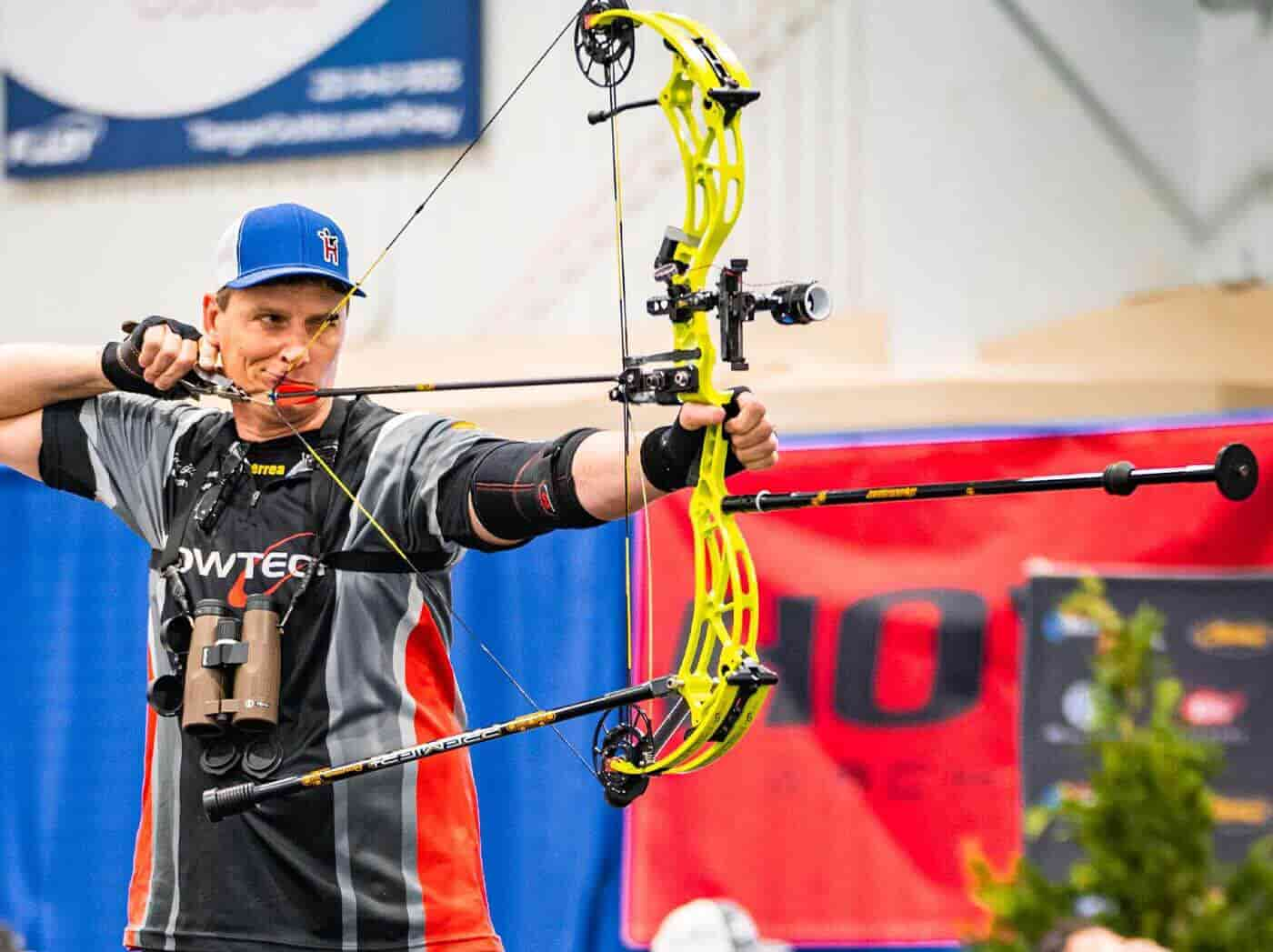Optimize Your Archery Precision With These Bow Stabilizer Strategies
In the realm of archery, accomplishing ideal precision is a search that requires thorough attention to detail and technique. One important aspect that can substantially influence your efficiency is the correct application of bow stabilizers. These often-overlooked devices hold the possible to boost your capturing effectiveness to brand-new elevations, yet just if utilized properly. By checking out the nuanced methods of picking, setting up, and adjust bow stabilizers, archers can unlock a realm of precision that might have formerly thwarted them. Whether you are a skilled archer seeking to fine-tune your skills or a beginner eager to enhance your precision, understanding these bow stabilizer methods might be the key to hitting your mark with unparalleled uniformity.
Benefits of Making Use Of Bow Stabilizers
Utilizing bow stabilizers can dramatically improve an archer's precision and overall performance by decreasing bow torque and vibration. Furthermore, bow stabilizers wet vibration, which not just boosts the comfort of shooting yet also stops the bow from leaping upon release, thus helping in keeping proper goal.
In addition, bow stabilizers can assist in holding the bow consistent, specifically during windy conditions or when firing from longer ranges. The added weight at the front of the bow offers stability and balance, permitting the archer to concentrate on aiming without the interruption of bow movement. In general, the benefits of utilizing bow stabilizers extend beyond just accuracy, improving the archer's experience and efficiency in numerous shooting circumstances.
Choosing the Right Bow Stabilizer
Selecting the suitable bow stabilizer is vital for maximizing your archery tools and boosting shooting efficiency. When choosing a bow stabilizer, there are several factors to consider to ensure you find the best fit for your needs. First of all, think about the weight of the stabilizer. Much heavier stabilizers can assist decrease bow torque and absorb more vibration, leading to a steadier aim. Lighter stabilizers use more maneuverability, which can be beneficial in particular shooting scenarios.

Lastly, think about the layout of the stabilizer. Some stabilizers come with adjustable weights or dampeners that enable you to tailor the balance and feel of your bow. Inevitably, choosing the best bow stabilizer includes locating an equilibrium between weight, length, product, and layout to enhance your shooting precision and total performance.
Appropriate Setup Techniques
To make sure optimum efficiency and security in archery, grasping correct setup techniques for your bow stabilizer is important. The very first step in installing a bow stabilizer is to recognize the proper positioning on your bow.
Next, firmly connect the stabilizer to the bow using the appropriate placing hardware. Some stabilizers come with flexible weights that can be added or removed to adjust the balance of your bow.

Adjusting Stabilizer Weight and Length
After making sure the appropriate setup of your bow stabilizer, the next step entails readjusting the weight and size to enhance its efficiency in improving archery accuracy. The weight of the stabilizer plays an important function in minimizing bow movement throughout the shot cycle.
When it involves stabilizer size, locating the ideal balance is essential. A longer stabilizer can provide better security by boosting the distance in between the bow and the weight at the end of the stabilizer. This included distance enhances the maintaining impact, particularly in windy problems or when contending longer distances. Alternatively, a shorter stabilizer offers a lot more maneuverability and may be chosen by archers who value agility and fast movements throughout shooting.
Advanced Stabilizer Tuning Tips
Accomplishing ideal bow security and precision in archery demands a nuanced technique to advanced stabilizer tuning. Advanced stabilizer tuning entails fine-tuning numerous components to improve the bow's equilibrium, lower vibration, and improve general precision.
An additional essential element of sophisticated stabilizer adjusting is maximizing the damping residential properties of the stabilizer these details system. This can be achieved by incorporating extra moistening devices such as rubber dampeners or harmonic stabilizers to better lower vibration and noise. Furthermore, checking out different materials for the stabilizer building, such as carbon fiber or light weight aluminum, can likewise affect the bow's efficiency by changing its weight circulation and tightness. By meticulously fine-tuning these advanced stabilizer elements, archers can optimize their precision and uniformity on the variety or in competition.
Conclusion
In conclusion, making best use of archery accuracy can be attained through the correct selection, installment, and adjustment of bow stabilizers. On the whole, incorporating bow stabilizers right into archery practice can lead to enhanced efficiency and enhanced precision.
Using bow stabilizers can substantially enhance an archer's accuracy and total performance by lessening bow torque and resonance. Longer anonymous stabilizers offer better security and balance, particularly for long-distance capturing, while shorter stabilizers use even more versatility and are much easier to steer in tight areas (bow stabilizer). Carbon fiber stabilizers are resilient and light-weight, while basics light weight aluminum stabilizers are durable and provide outstanding resonance wetting
A longer stabilizer can give greater stability by boosting the range in between the bow and the weight at the end of the stabilizer.Another important element of advanced stabilizer tuning is optimizing the damping residential properties of the stabilizer system.